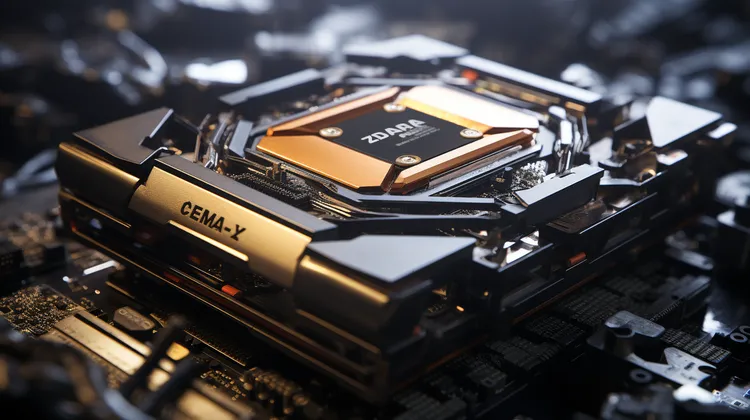Bitcoin, the world’s most popular and valuable cryptocurrency, has been making waves again in the crypto community. Recently, Bitcoin’s mining difficulty jumped by a staggering 6% to reach a new all-time high. What’s interesting about this development is that it occurred despite a significant dip in the price of Bitcoin. This unexpected divergence raises questions about the mining community’s resilience and the potential for future growth in the cryptocurrency market.
To understand why this increase in mining difficulty is significant, it’s important to grasp the concept of mining. Bitcoin mining involves solving complex mathematical puzzles to validate and record transactions on the blockchain. As more miners join the network, the difficulty level adjusts to maintain a consistent block creation rate of approximately 10 minutes. When the difficulty increases, it means that more computational power is required to mine new blocks successfully.
Typically, Bitcoin’s mining difficulty correlates with its price. As the price rises, more miners are attracted to the network, resulting in an increase in mining difficulty. Conversely, when the price falls, miners may exit the market, leading to a decrease in mining difficulty. The recent jump in mining difficulty suggests that miners are not deterred by the dip in Bitcoin’s price, but instead, they are doubling down on their efforts.
This unusual phenomenon may be attributed to several factors. Firstly, some miners might have already made substantial investments in mining equipment and infrastructure. They may be determined to recoup their investments and continue mining despite temporary price fluctuations. Bitcoin’s long-term value proposition and potential upside may outweigh the short-term volatility, prompting miners to stay committed to the network.
Another possible reason for the increased mining difficulty is the halving event that took place in May 2020. During the halving, the block reward for miners was cut in half, reducing their profitability. Miners who survived the halving, or new miners who entered the market afterward, might be more resilient and prepared for price fluctuations. Their ability to adapt and optimize their operations could be a contributing factor to the recent surge in mining difficulty.
Bitcoin’s decentralized nature also plays a role in this situation. Unlike traditional financial systems, no central authority regulates Bitcoin’s network. Miners, as important network participants, have the autonomy to make decisions based on their own calculations and strategies. This includes adjusting their computational resources to mine more efficiently regardless of short-term price movements.
There is a chance that the mining community is betting on a future price increase. Many analysts and experts believe that Bitcoin’s price will continue to rise in the long run. By mining and accumulating Bitcoin now, miners can position themselves to benefit from potential future price surges. Their confidence in Bitcoin’s future prospects may have contributed to their decision to ignore the recent price dip.
The increasing mining difficulty might be an indication of the overall strength and resilience of the Bitcoin network. It demonstrates that the network can adapt and thrive even in the face of external challenges. This resilience is crucial for maintaining the security and reliability of the network, making it more attractive to investors, users, and businesses.
The recent 6% jump in Bitcoin’s mining difficulty to a new peak despite the dip in its price is a remarkable occurrence in the cryptocurrency world. It showcases the commitment and determination of miners to continue participating in the network, despite short-term market fluctuations. Whether driven by the need to recoup investments, optimism about Bitcoin’s long-term prospects, or the strength of the decentralized network itself, this development highlights the resilience and potential growth in the cryptocurrency market. It will be interesting to observe how this divergence between mining difficulty and price pans out and what implications it might have for the future of Bitcoin.




It’s hard to trust the stability of Bitcoin when mining difficulty doesn’t align with its price. Too much uncertainty. ⛏️❌
Kudos to the miners for not being discouraged by temporary price fluctuations. They’re betting on the future of Bitcoin!
It’s disappointing to see how unpredictable and unreliable the cryptocurrency market can be. Not worth the risk.
Bitcoin’s mining difficulty hitting an all-time high is a positive sign for the cryptocurrency market. It shows that the industry is evolving and growing stronger.
The mining community’s determination to recoup their investments is admirable. They’re not giving up, and it’s inspiring to see!
Seems like miners are willing to gamble on Bitcoin’s future rather than play it safe. Not a smart move in my opinion.
The determination of miners to continue participating in the network is impressive. They are the backbone of Bitcoin’s success!
By staying committed to mining, despite the recent price dip, miners are setting themselves up for future success. The potential growth is exciting!